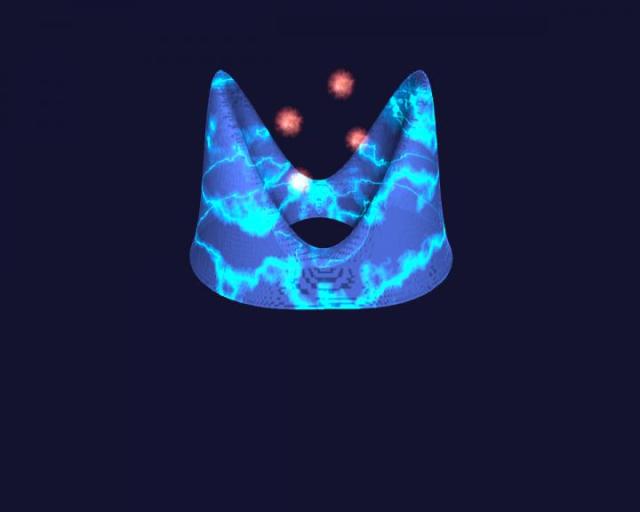Dec 24 2015
The basic building blocks of atoms, molecules and solids are positively charged nuclei and negatively charged electrons. Their mutual interactions determine most of the physical and chemical properties of matter, such as electrical conductivity or the absorption of light.
The laws that govern this delicate interplay between electrons and nuclei are those of quantum electrodynamics (QED), in which particles interact via the exchange of photons, which are the quanta of light. However, the equations of QED are so complex that in practice scientists have to simplify them to be able to make any prediction for real materials. A very common simplification in quantum chemistry and solid-state physics is to neglect the quantum nature of light. Although this assumption works well for many applications, recent experiments have uncovered situations where the quantum nature of the photons can dramatically change the material properties and give rise to new collective behaviour and phenomena.
 The charge density of an electron (in blue) changes its form due to the interaction with photons (in red). Credit: © J.M. Harms/MPSD
The charge density of an electron (in blue) changes its form due to the interaction with photons (in red). Credit: © J.M. Harms/MPSD
In order to simulate such situations on a computer and bearing in mind that the standard simulation techniques usually neglect the photons, the theory department of the MPSD, headed by Prof Angel Rubio, has developed a novel theoretical method that also includes the interaction with photons. The basic idea is to treat the whole QED system of particles and photons as a quantum fluid. Here the particles are represented by a charge current, and the photons by a classical electromagnetic field that acts on the current in a very complex manner. In a recent publication in the prestigious journal Proceedings of the National Academy of Sciences, the authors have shown how this approach can accurately describe the dynamics of an electron that is trapped on a surface and that strongly interacts with photons. "The advantage of this reformulation of the coupled electron-photon problem is," said Johannes Flick and Michael Ruggenthaler, lead authors of the work, "that it allows approximations that treat photons and particles on an equal footing. In this way we can come up with new simulation techniques that do not neglect the photons while still being simple enough to be practical." After this proof of principle, in a next step Prof Rubio's team wants to use the technique developed to investigate complex systems in situations where photons are assumed to play an important role and hence learn how this modifies the properties of materials. This could provide a new way to control and alter chemical reactions in complex systems such as biomolecules, and to design new states of matter. "This study offers a new way of controlling and altering chemical reactions in complex systems, such as biomolecular ones, and of designing new states of matter," pointed out the UPV/EHU Professor Ángel Rubio.